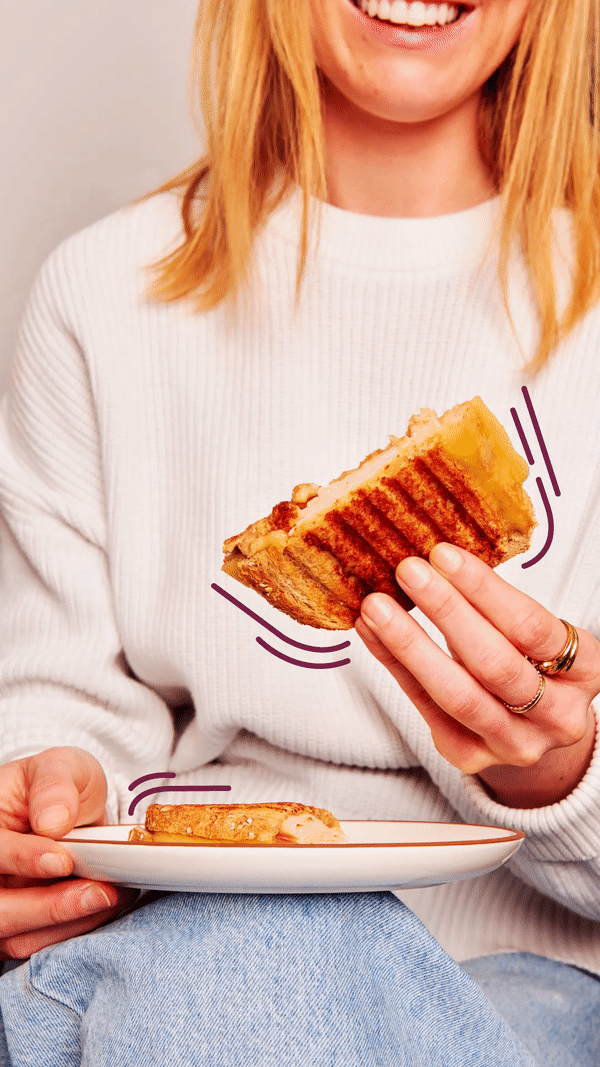

Our motto is simple,
just like our ingredient lists:
all good, all day.

We believe that food should be uncomplicated. Life is busy. Believe us, we know. So we’ve done all that we can to make it easier.

Happy bellies and smiles all
around your dining table –
we’ll toast to that.


